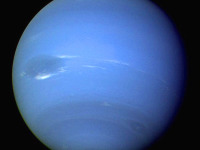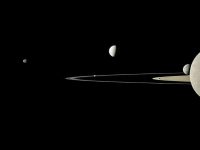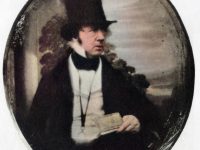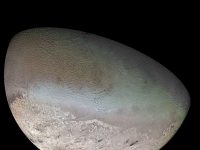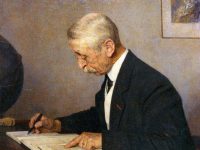Neptune, Oceanos, or ‘Le Verrier’ – How to name a new planet?
On June 9, 1812, German astronomer Johann Gottfried Galle was born. Also in Germany hardly anybody might know Galle today. Well, maybe except most astronomers, who will certainly know him, because he has discovered the planet Neptune. No, he didn’t do it all by himself. Actually, we’ve had already several articles on astronomers involved in the discovery of Neptune [5,6,7] Johann Gottfried Galle – Early Life Galle was born in the Pabsthaus not…
Read more

